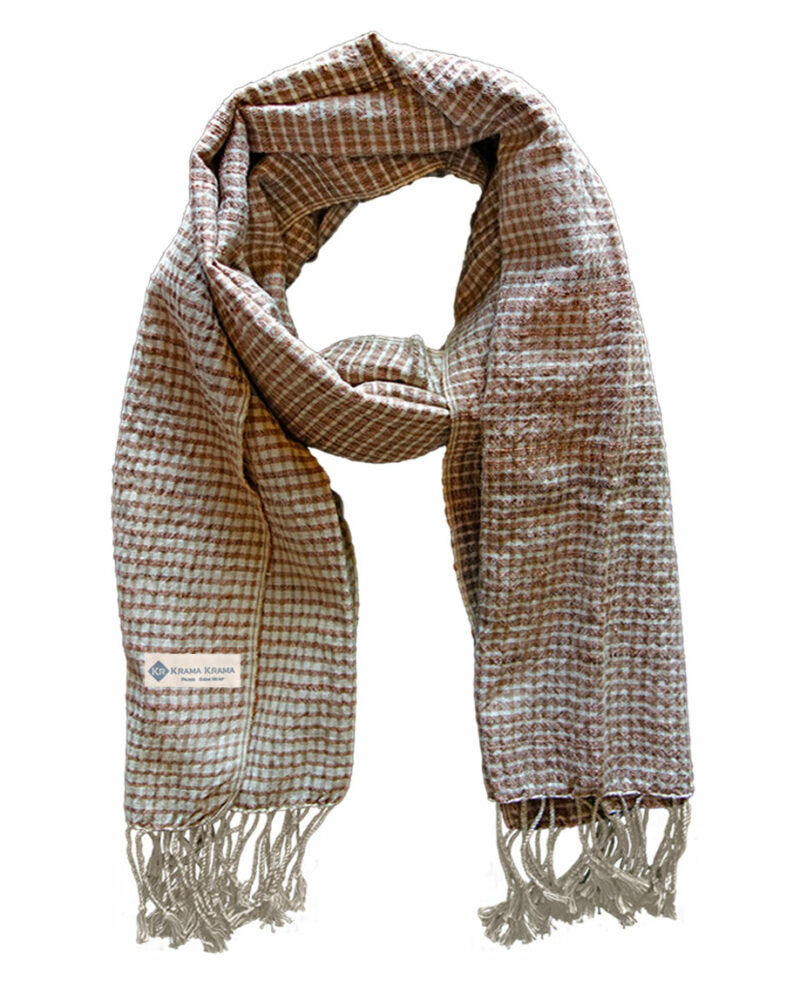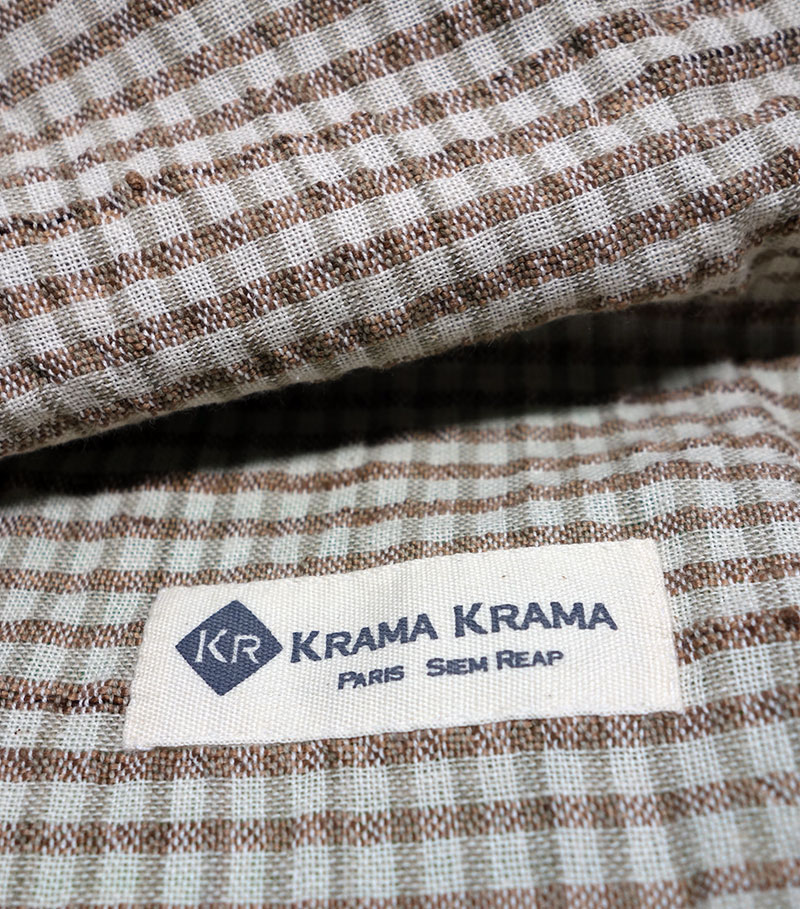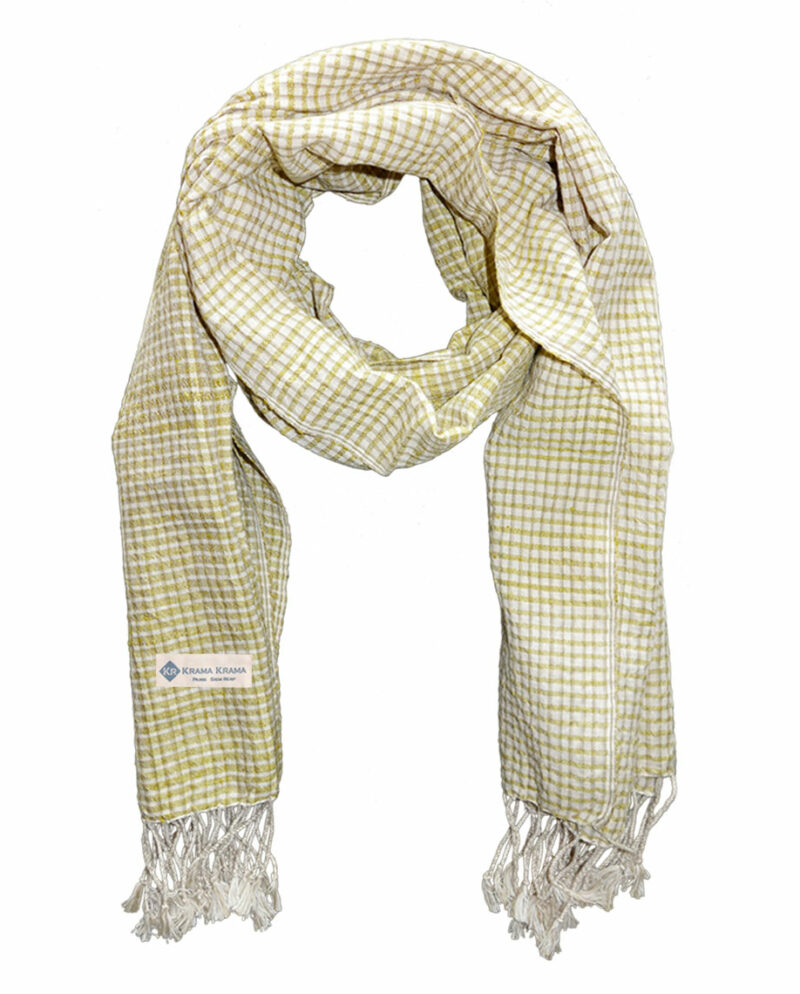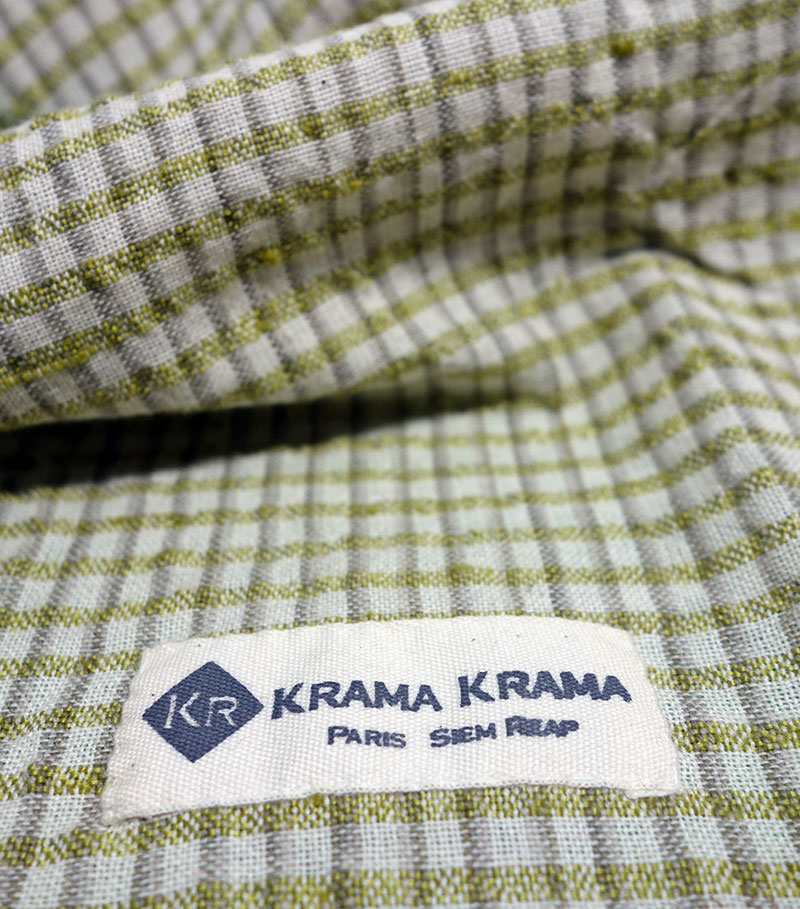Precious and refined, silk is a fascinating enigma that continues to charm lovers of textile art. Over the centuries, this filament has woven itself into the fabric of many civilizations, elegantly and delicately inscribing itself in the history of mankind. The story of silk, both rich and intriguing, is a tale of mystery, natural genius and human ingenuity.
Originating in China, silk is the fruit of the hard labor of the silkworm, Bombyx of the mulberry tree, which feeds on mulberry leaves to weave its silk cocoon, like an artist fashioning his own canvas. It’s this cocoon that, once unwound, provides the long, delicate and resistant silk threads that later become the luxurious fabrics we know.
But how did this insect become the initiator of one of the most beautiful chapters in the history of textiles? How did this golden thread shape trade routes and influence civilizations? Let’s embark together on a journey through time and cultures to discover the fascinating history of silk.
The birth of silk in China
Towards the end of the third millennium BC, a major discovery took place in China, which undoubtedly marked the birth of the textile industry. The discovery concerned a small insect: the silkworm. And so begins our journey into the incredible history of silk.
China can be proud of its long and rich history, especially when it comes to silk. Silkworms were intensively monitored and silk cocoons were collected for processing into yarns and fabrics. The Chinese guarded this secret for centuries, making silk a coveted luxury good for which they had a monopoly. It wasn’t until the 2nd century, during the Han dynasty, that a woman known as the Chinese Princess Khotan succeeded in passing on this secret to the Khotans, thanks to the silkworm eggs she had hidden in her hairdo at her wedding.
Over time, silkworm breeding spread beyond China’s borders to Persia, India and the Middle East via the so-called Silk Road. This was a pivotal period in the history of silk, as the demand for this white gold led to the growth of cities along this famous trade route. Silk then had a major economic and cultural impact on medieval Europe. These silky, shiny fabrics were reserved for the aristocracy.
Let’s now turn to the question of silk processing. The history of silk would not be complete without mentioning the process by which silk cocoons are manufactured. This process, known as sericulture, involves the rearing of silkworms, followed by the harvesting of the cocoons. The cocoons are then boiled to release the silk thread, which is unwound and twisted to make yarn. It should be noted that cocoon harvesting is a delicate process requiring great precision and patience.
So silk and silkworms have a rich history, steeped in secrets, trade and sophistication. From ancient China to medieval Europe, silk has always been a symbol of luxury, beauty and refinement.
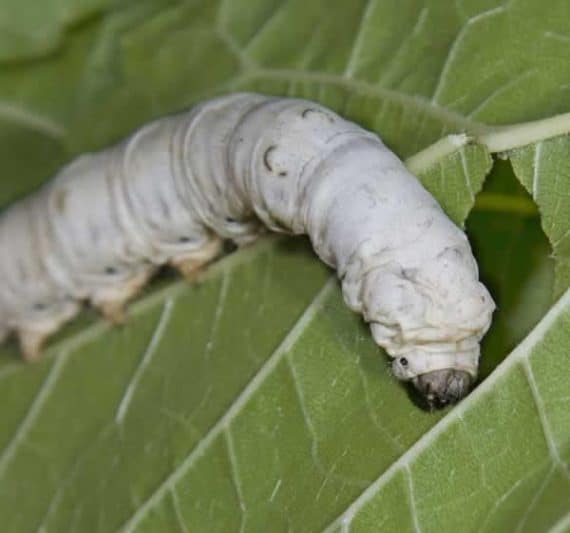
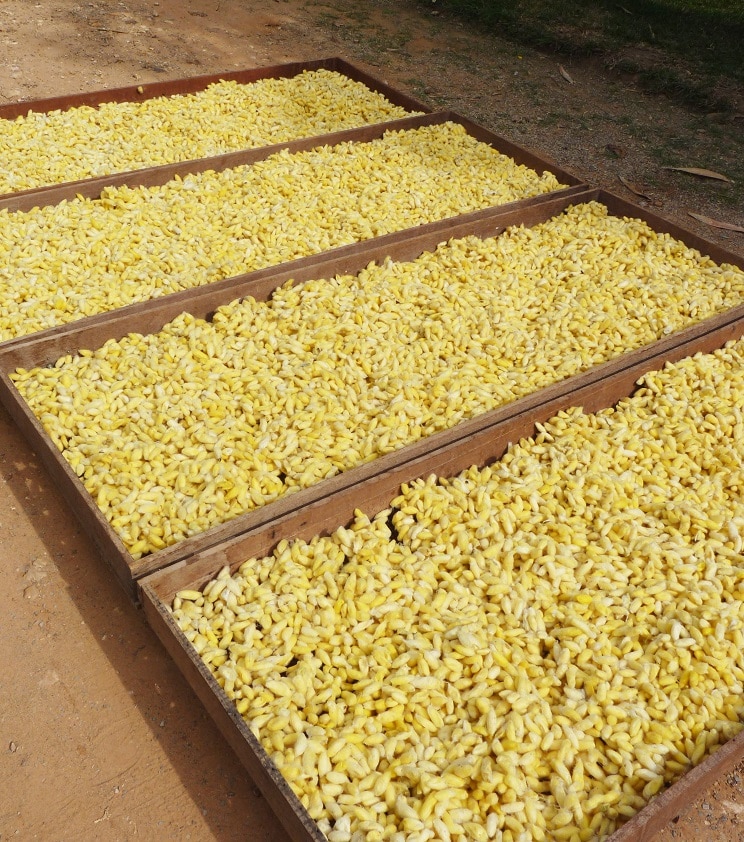
Silk in Cambodia's textile industry
It’s in the heart of Cambodia, a country with ancestral textile traditions, that our journey through the history of silk takes root.
Cambodia, with its favorable climate and rich culture blending nature and craftsmanship, has created the perfect conditions for the breeding of Bombyx mori, the famous silkworm. When this precious insect enters its pupation phase, it produces the world-renowned silk cocoon. The thread drawn from this cocoon is what gives us the silk fabric we know, a soft, resistant and luxurious material.
Thanks to major archives and archaeological discoveries, Cambodia’s role in the history of silk is well established. Ancient Khmer civilizations were adept at sericulture, the breeding of silkworms, and thanks to this they were able to produce high-quality silk that was traded both locally and internationally.
Historical artifacts and accounts provide detailed descriptions of silk-adorned costumes, symbols of social status and power among the nobles and monarchs of the time. So it’s no exaggeration to say that this slice of Cambodia’s silk history played a major role in shaping the world’s textile culture.
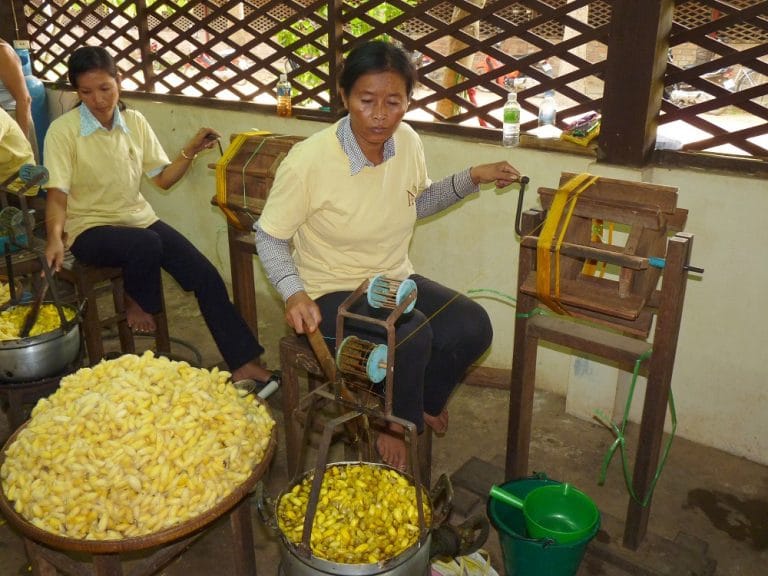
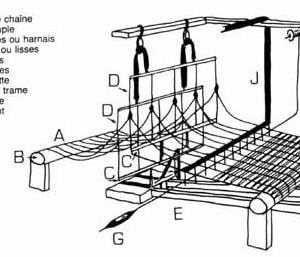
Weaving silk kramas
Silk scarf weaving in Cambodia is more than a craft, it’s an art requiring patience and precision. Preparing the loom takes more than a week. The weaver must unwind the skeins of silk on reels. She will use the spinning wheel and the winder. It’s important to distinguish between weft and warp threads. Next comes warping, when the warp threads are wound in a precise order. It’s during this stage that the weaver determines the width of the silk scarf and the number of threads that will make it up. Combing involves passing the warp threads over the comb teeth, of which there are several types to determine the density of the fiber. Threading is the final stage, and will determine the type of weave desired. During weaving, the woman passes the weft thread through the warp threads, using her hands and feet to operate the reeds that produce the fabric.
In our online store, you will find silk and cotton kramas in natural shades:
